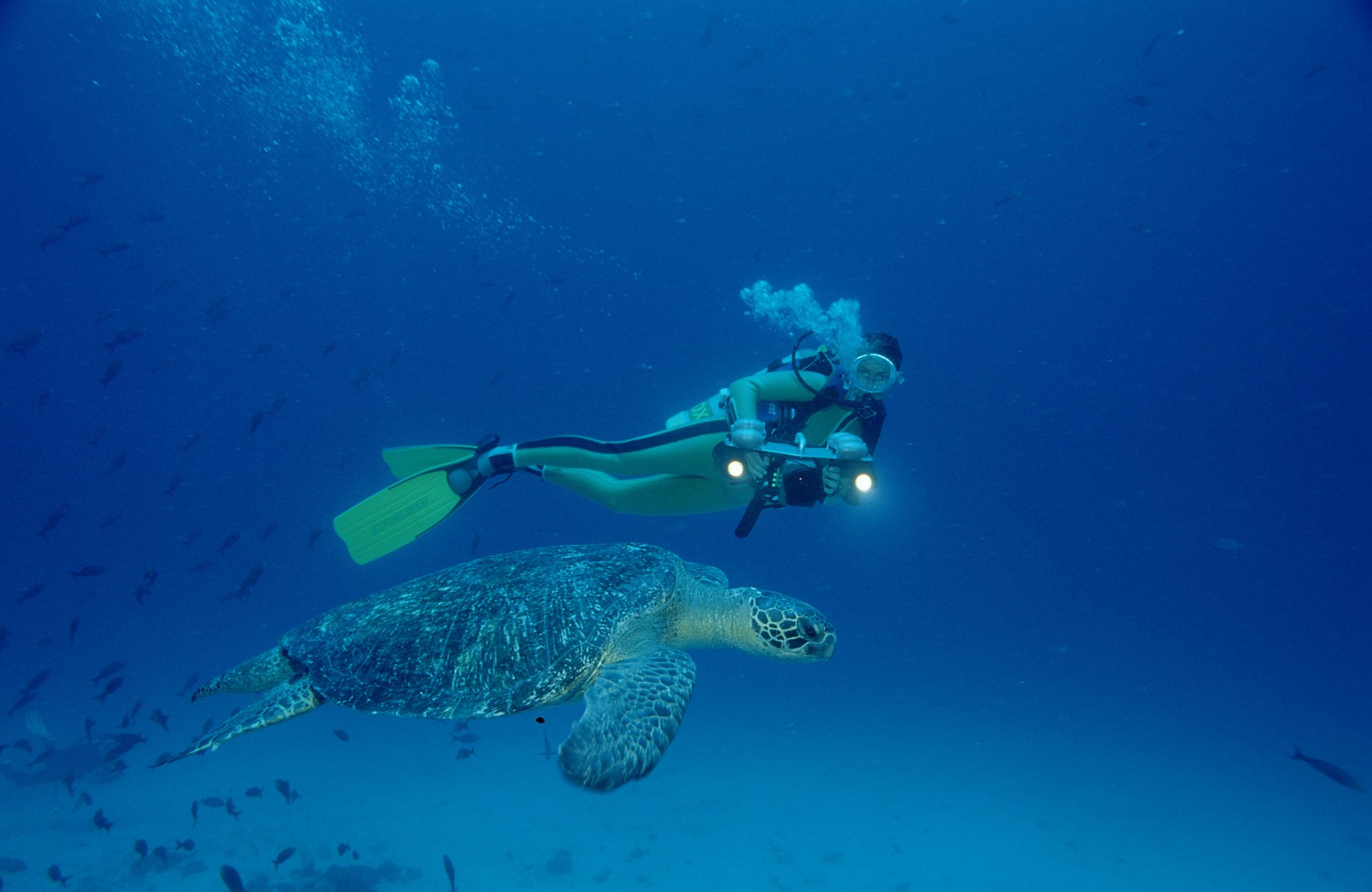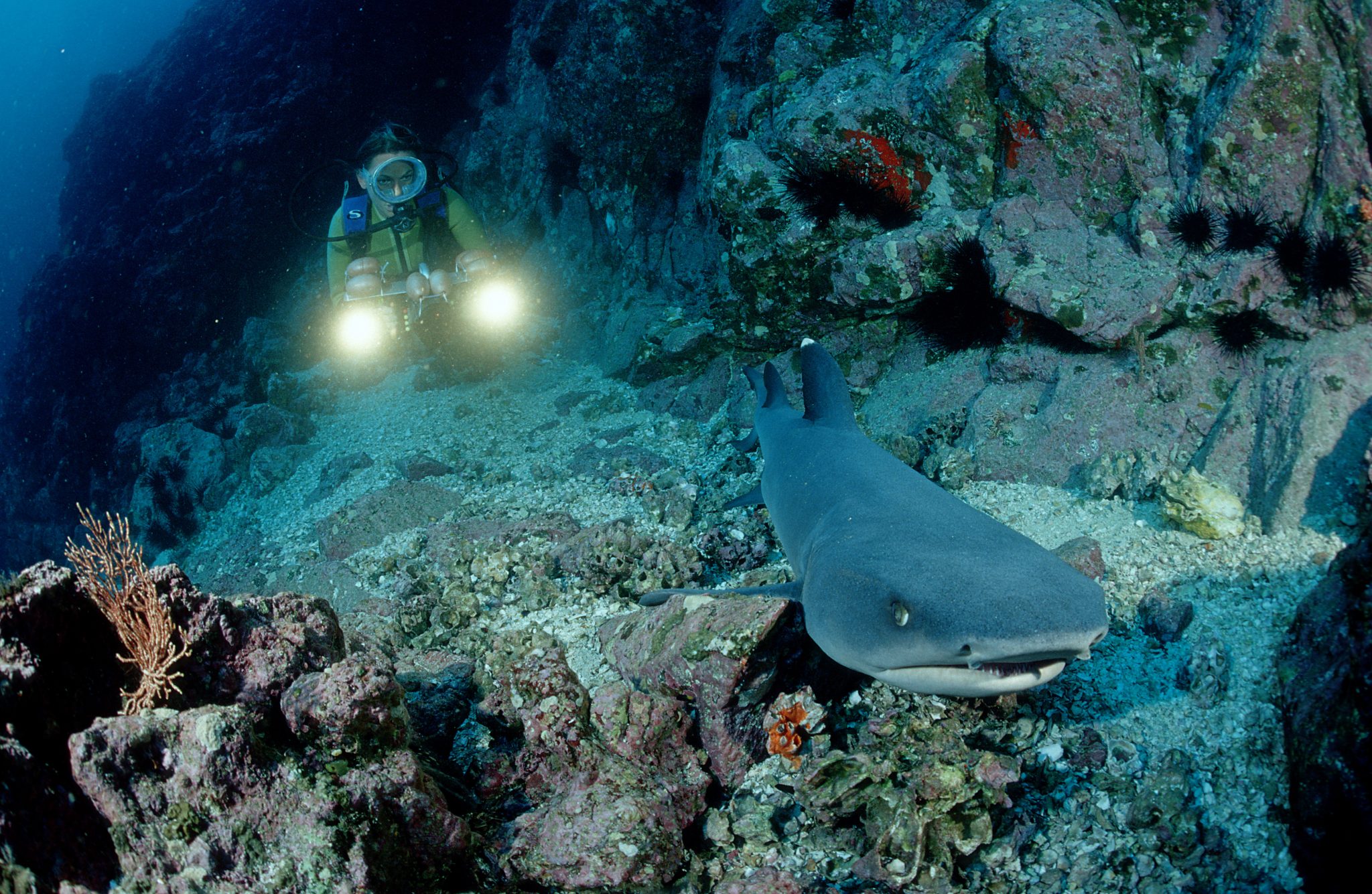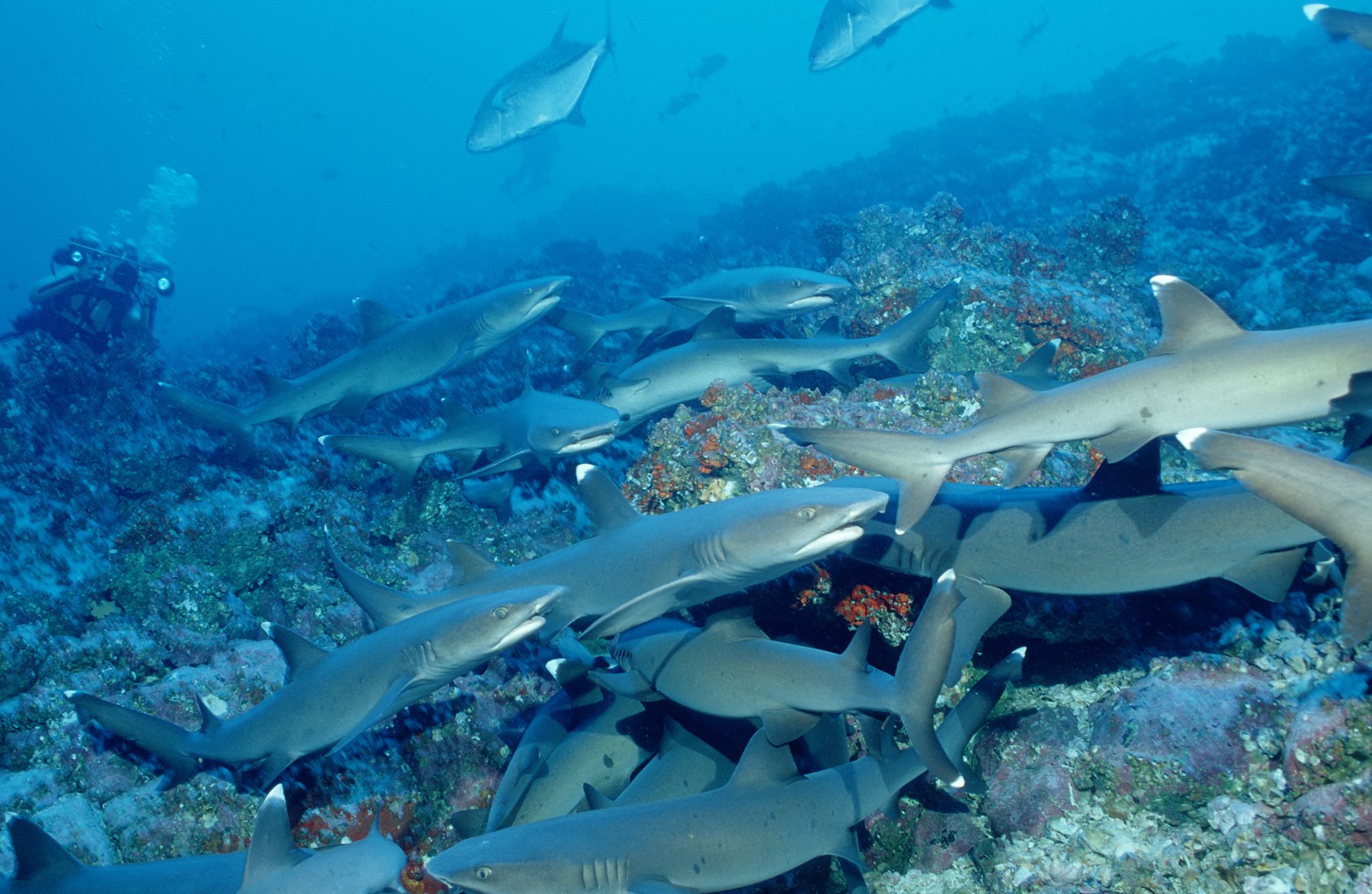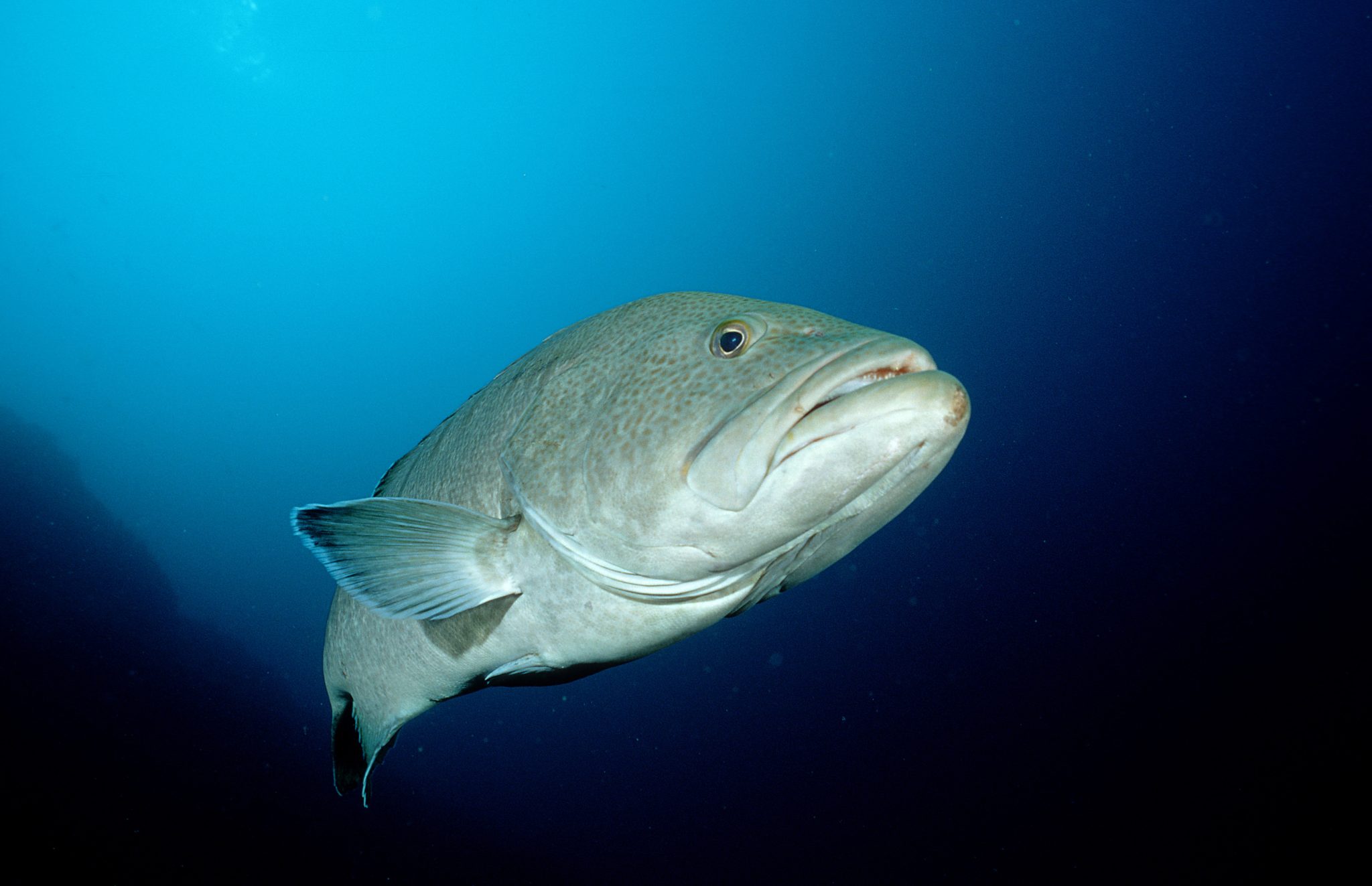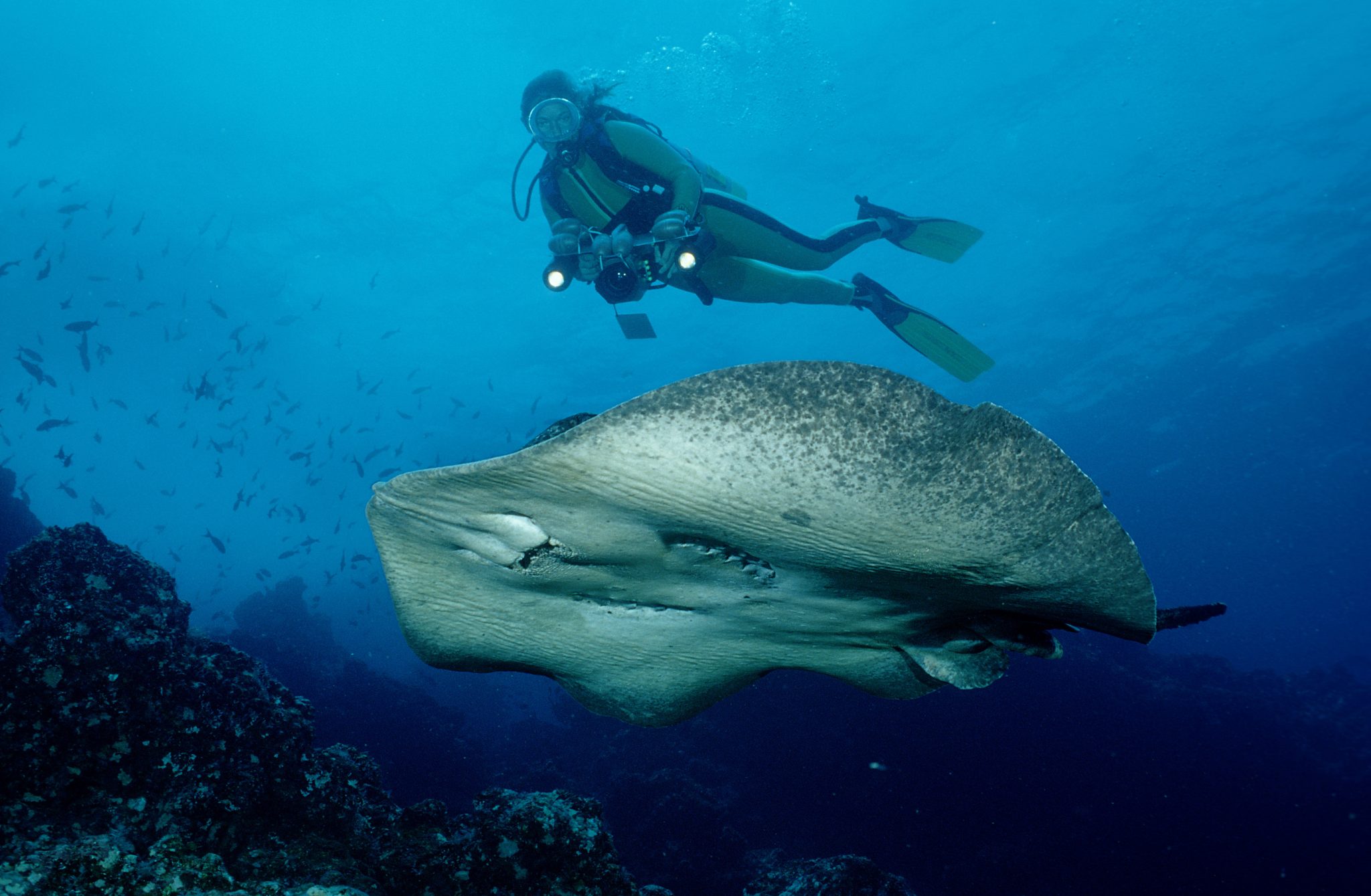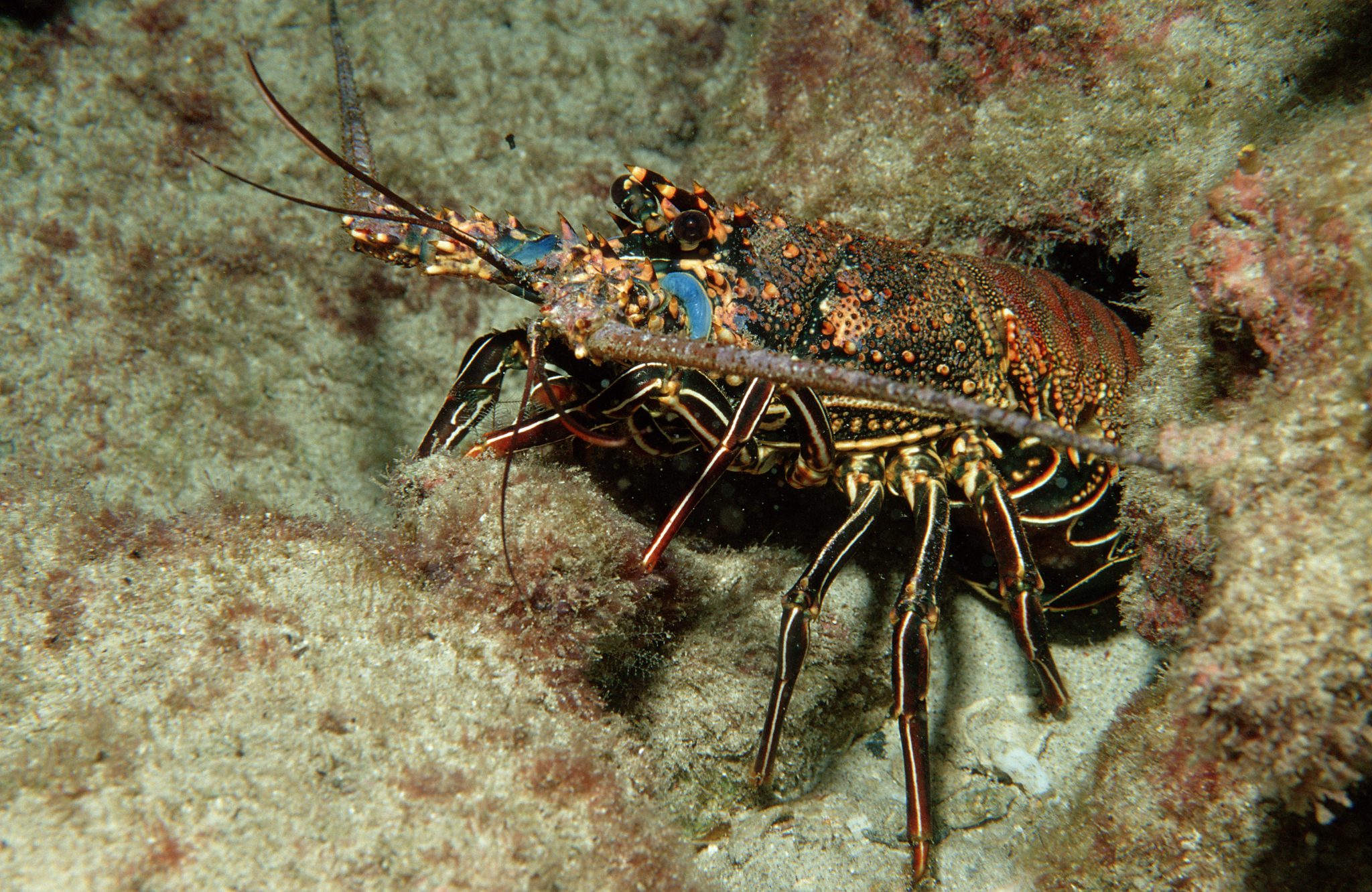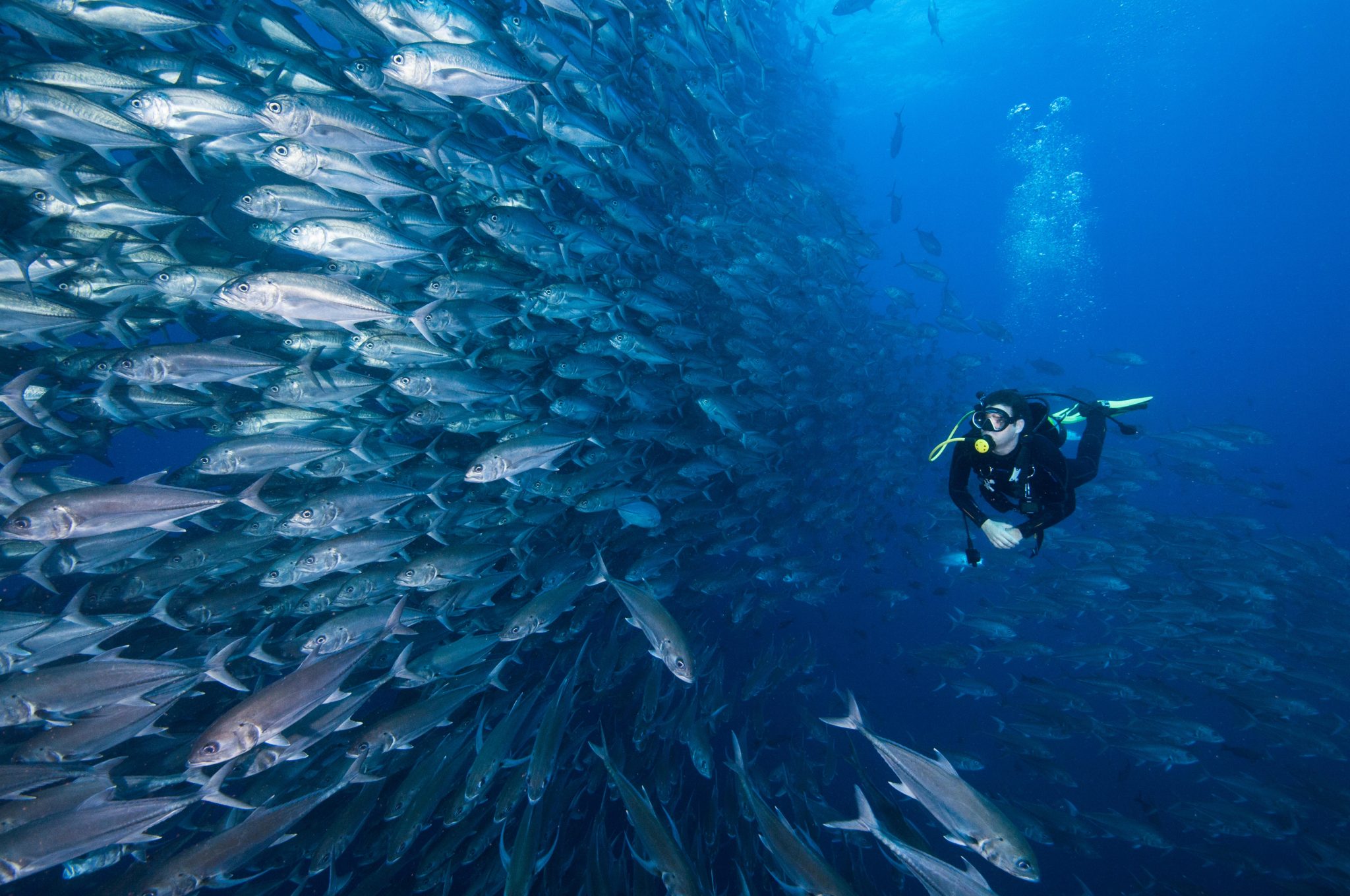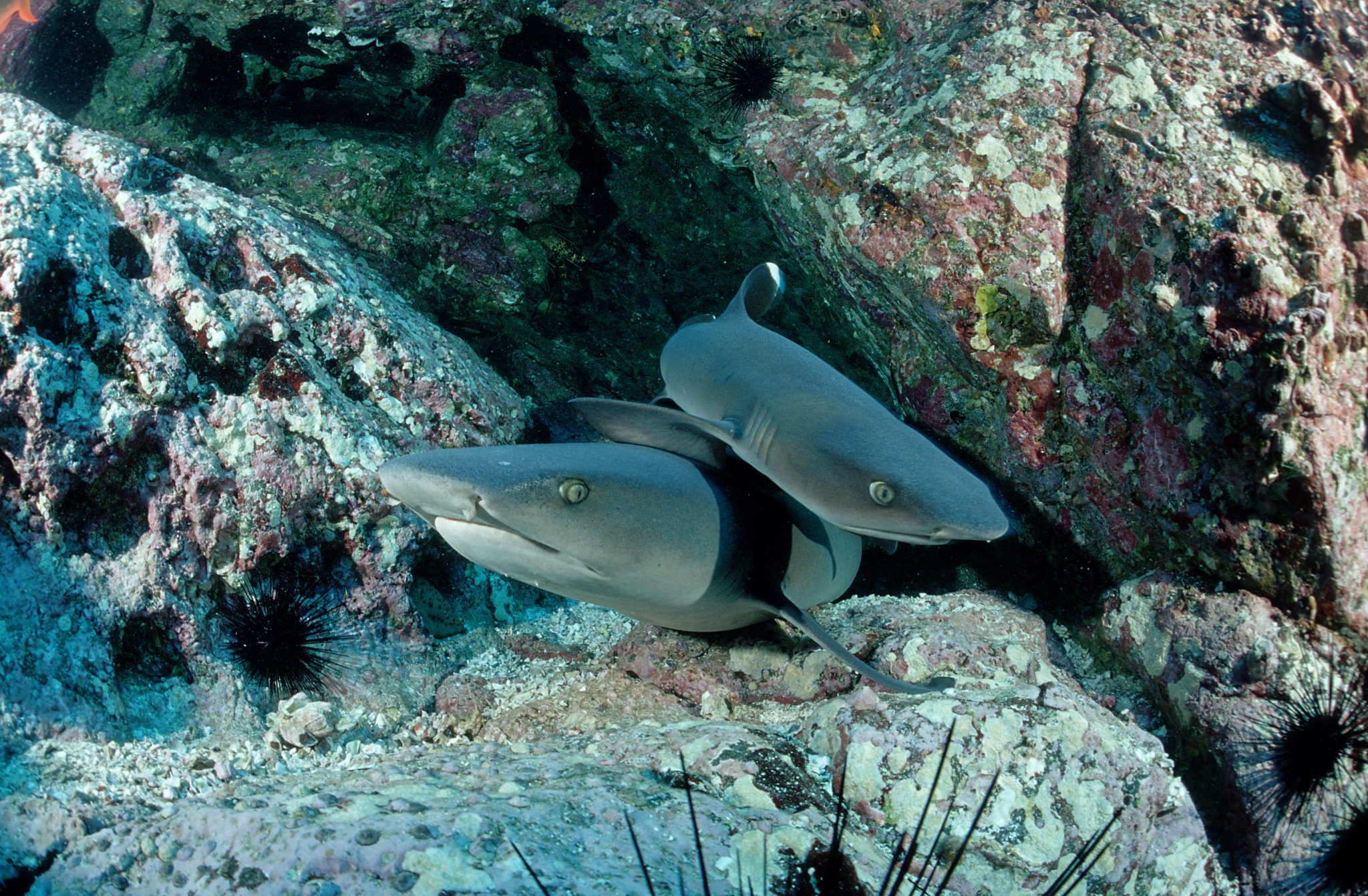

Overview
Fact File
| Capital | San José |
| Population | 5,175,000 |
| Languages | Spanish, 6 indigenous languages. English is widely spoken particularly in touristed areas. |
| Time | GMT-6 |
| International Dialling Code | +506 |
| Currency | Colón (CRC) |
| Tourist Board | |
| International Airports | Liberia (Daniel Oduber International Airport – LIR) and San José (Juan Santamaria International Airport – SJO) |
About The Diving
Sandwiched between the southern Caribbean Sea and the Pacific Ocean, Costa Rica has a huge variety of marine life and dive conditions, with something for every diver.
The east coast’s protected sites offer vibrant tropical marine life and calm conditions. These Caribbean reefs are perfect for beginners and snorkelers.
The Pacific west coast is home to best known of Costa Rica’s dive offerings, with big pelagics following nutrient-rich upwellings close to the shore at sites like the Catalina and Bat Islands and the UNESCO World Heritage Site, Cocos Island National Park, famous for its hammerhead shark aggregations. Humpback whales and manta rays can be seen here as well as lots of turtles, reef fish and incredible underwater topography. There are dive sites suitable for both beginners and experienced divers, day trips and liveaboards.
Video
Dive Highlights
The Caribbean Coast
Diving on this coast is far less developed than on the Pacific Coast, however there are plenty of easy and colourful reef dives to enjoy.
Límon province is largely protected by national parks. To the south Cahuita National Park offers one of the largest coral reefs off Costa Rica with over 35 species of coral. The Gandoca Manzillo Wildlife refuge, consisting of little bays, inlets and coral reef islands, is considered one of the best spots on this coast with manatees, turtles, dolphins and crocodiles in the area. The Tortuguero National Park to the north has nesting green turtles.
Punta Viejo is easily accessible and boasts some good reef dives with plentiful fish species and turtle and ray sightings. Punta Uva has a wall dive from the beach and the wreck of the Fenix can be found off Isla Uvita.
The Pacific Coast
The Pacific Coast is more developed for diving and has locations suitable for both beginner and experienced divers.
Guanacaste province in northwestern Cost Rica has a wealth of diving centred around Playas del Coco. The volcanic underwater landscape features tunnels, arches, caverns and the odd wreck. Pelagics are seen here and the sites close to shore have little current, calm conditions and exciting marine life, suitable for all divers.
Further out are the Catalina Islands and the Bat islands, suitable for experienced divers, these islands within the Santa Rosa National Park offer good pelagic sightings. The Bat Islands are an excellent places to see bull sharks, while the Catalina Islands have numerous dive sites, with deep walls and volcanic formations. Manta Rays are common December through to May.
Caño Island, officially know as Isla del Caño Biological Reserve offers some of the diving thrills as Cocos Island, on a smaller scale. Turtles, dolphins, sharks (including seasonal whale sharks )and schools of fish in the hundreds are often sighted and the reefs are home to some of the best corals in the area. Visibility is often excellent, due to the location off the relatively undeveloped coast of Peninsula de Osa. These factors make Caño arguably the best day boat diving on offer.
The island is often reached by day boat from the small town of Uvita, with approximately a 1hr15minute journey. Some dive centres operate from the more remote Drakes Bay, approximately 15miles from Caños, and divers can also enjoy other nearby reefs and wrecks within Drakes Bay.
Isla del Caño’s protected biological reserve status means there are 5 designated dive sites, with a maximum of 10 divers in the water at a time. The 5 sites are: El Bajo del Diablo, Cueva del Tiburon, The Coral Gardens, Paraiso and Marenco Rock.
Cocos Island National Marine Park
Located 342 miles offshore, Cocos Islands has been a protected area since 1978. A seamount rising up from very deep water, results in a cold water upwelling rich in nutrients. These conditions support abundant marine life and attract a wide variety of sharks species including the scalloped hammerhead.
Cocos N.P is only accessible via liveaboard, with most trips lasting 8-10 days. The 36 hour crossing departs from Puntarenas, about 50 miles from the Capital of San José. The dive sites are seamounts and pinnacles rising from the depths. The sites are diveable year round, with calmer weather for the crossing in the dry season, however the best pelagic sightings are in the rainy season months, with Manta and whale sharks most common June through November. The sites around Cocos Island are known for currents and surges, as such it is recommended for experienced divers only.
When To Go
The Dry Season from December to April has the best weather, with hot sunny temperatures and little rainfall. It is also the peak tourist season, with higher costs and crowds more common in touristy areas. This is a good time of year for visiting the mainland, for beginner divers and for those who prefer calm seas, good visibility, colourful fish and macro life.
The Rainy season, June to November, is best for pelagic action. During these months, Pacific Ocean currents and nutrient-rich upwellings attract large pelagics close to shore around the Catalinas and Bat islands and this is the peak time for diving Cocos Island. On the mainland this is the low season and so prices and tourist numbers are lower.

